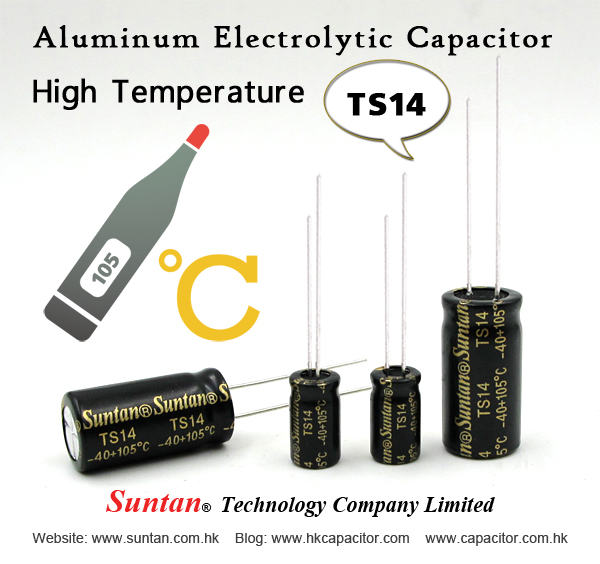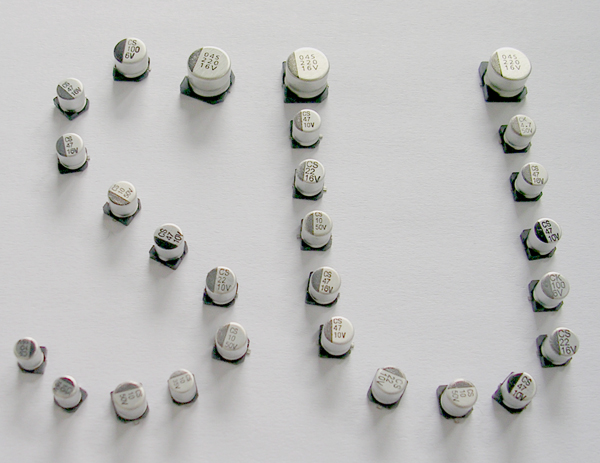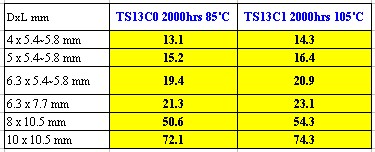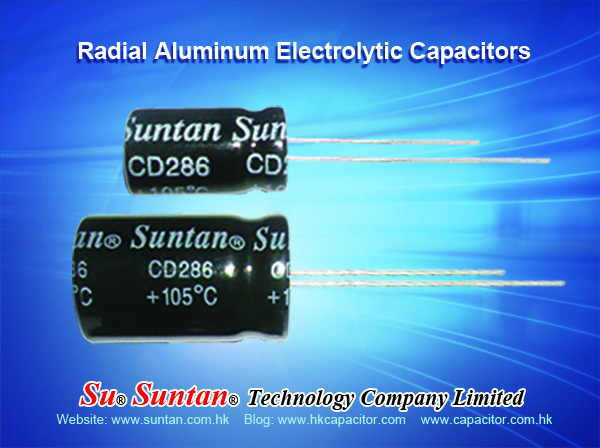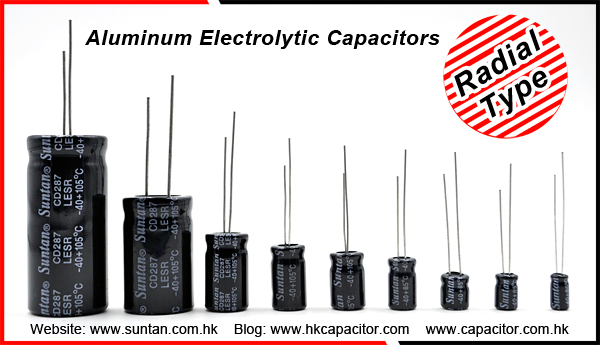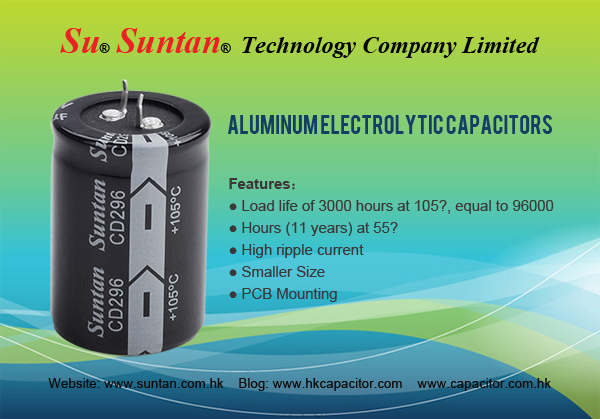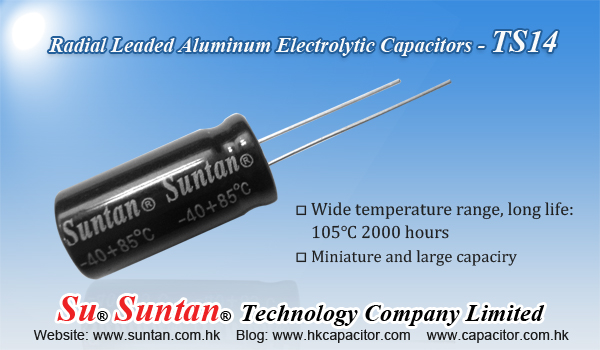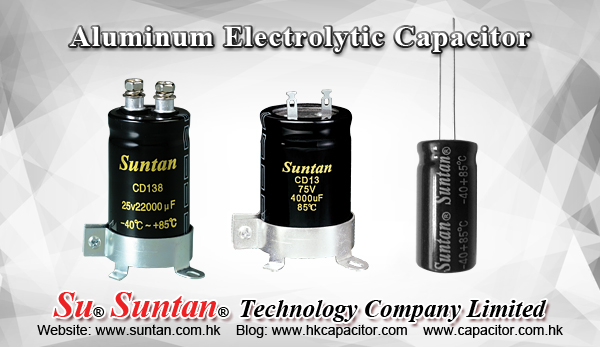Suntan - TS14 High Temperature Aluminum Electrolytic Capacitor-105℃
Suntan Technology Company Limited
---All Kinds of Capacitors
Suntan is a Hong Kong based manufacturer of Aluminum Electrolytic Capacitors. Today we introduce our TS14 high temperature aluminum electrolytic capacitor-105℃.
Features
· Wide temperature range, long life: 105℃ 2000 hours
· Miniature and low impedance
Specifications
| Operating Temperature Range(℃) | -40~+105 | -25~+105 |
| Rated Voltage Range (V) | 6.3~100 | 160~450 |
| Capacitance Tolerance (20℃, 120Hz) | ±20% | |
| Leakage current (μA) | 0.01CV or 3 whichever is greater. (at 25℃, after 2 minutes) | I≤0.02CRU+15(μA) (2minute) |
| C: Nominal Capacitance (μF) V: Rated Voltage (V) | ||
| Shelf Life (105℃) | 1000 hours, No voltage applied. After test: UR to be applied for 30 minutes, 24 to 48 hours before measurement | |
More details please check
http://www.suntan.com.hk/pdf/Aluminum-Electrolytic-Capacitors/TS14.pdf
